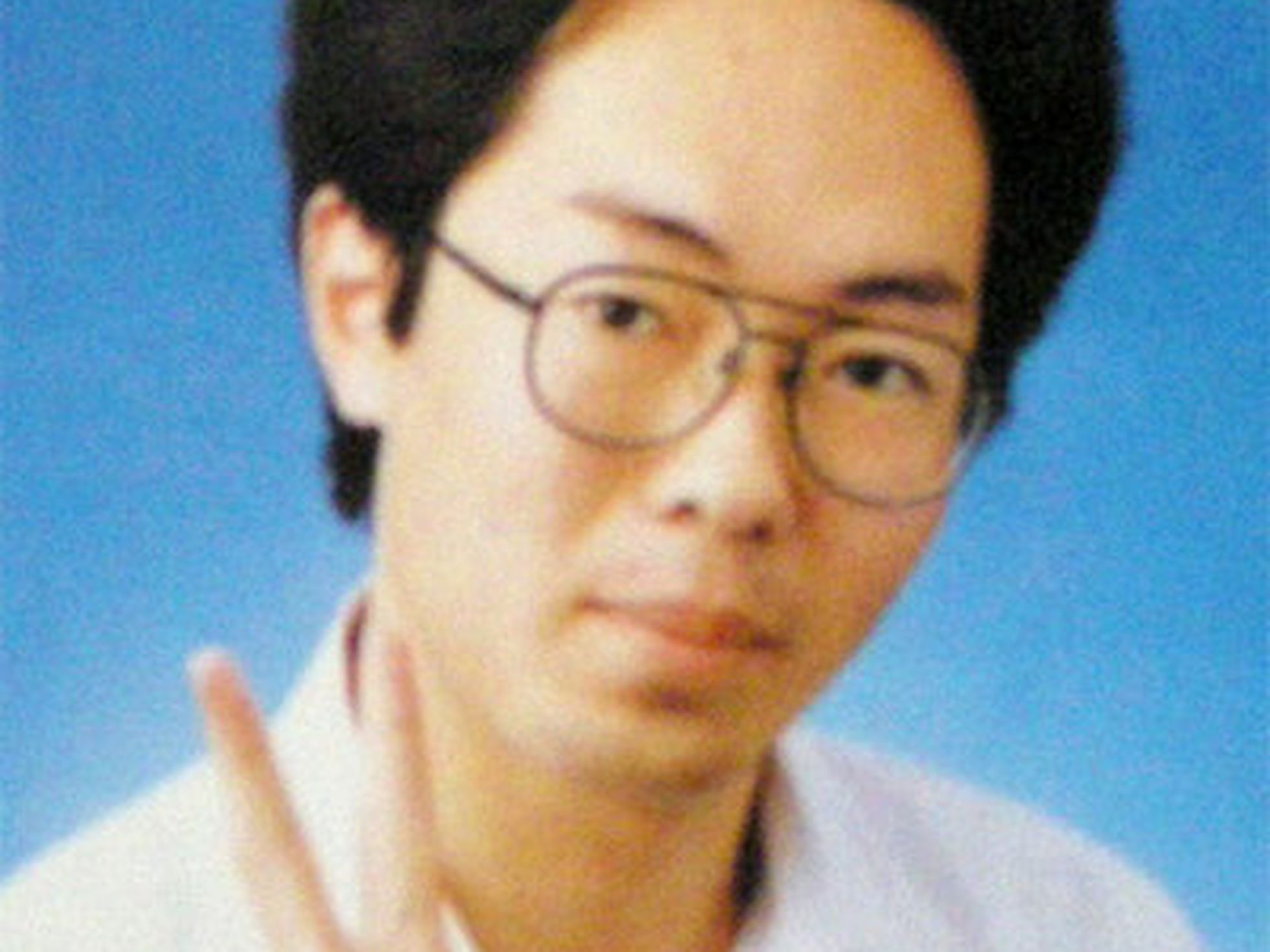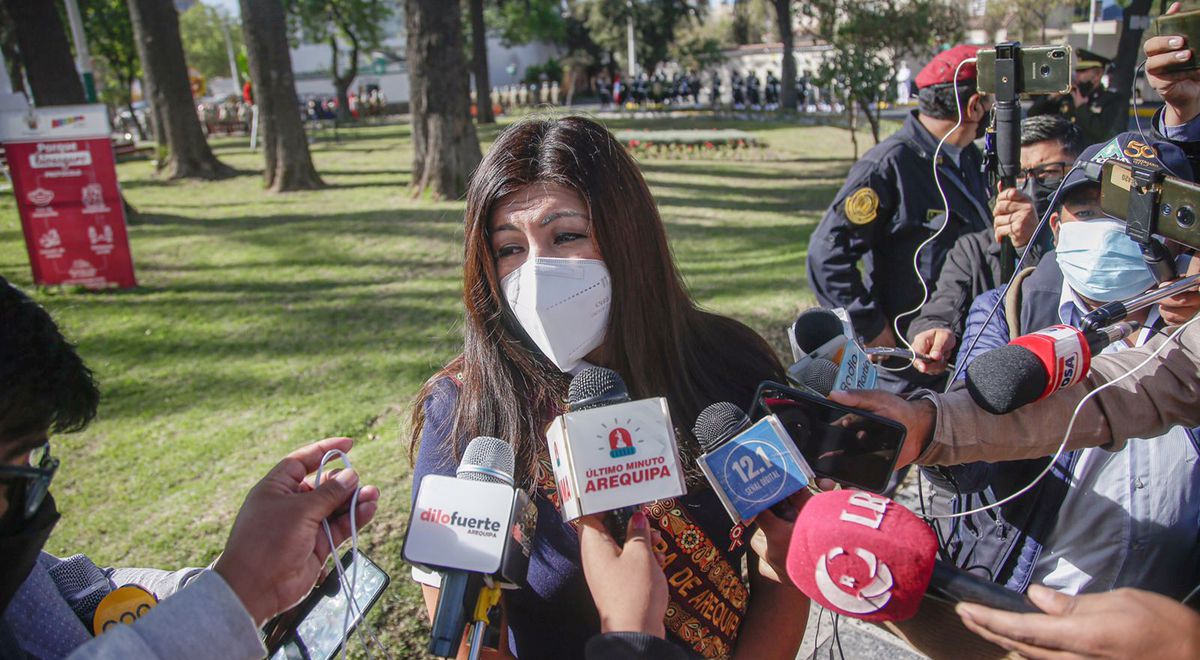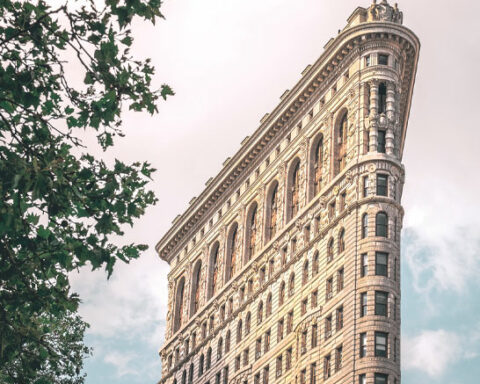The repentance of the Supreme Pontiff of 1.3 billion Catholics was greeted with applause by a crowd of First Nations, Metis and Inuit peoples gathered in Maskwacis, in the western province of Alberta, where indigenous children were taken from their families and subjected to what It is considered a “cultural genocide”.
“I apologize for the way in which many members of the Church and religious communities cooperated, also through indifference, in these projects of cultural destruction and forced assimilation,” said the 85-year-old pope, who read his message sitting down. .
“The policies of assimilation and disengagement, which also included the residential school system, were disastrous for the people of these lands,” he acknowledged.
As he spoke, the emotion of those present in Maskwacis was palpable; an indigenous community south of Edmonton, capital of the province of Alberta, that housed the Ermineskin residential school from 1895 until 1975 when it was closed.
Hundreds of people, many in traditional dress, along with Canadian Prime Minister Justin Trudeau and Mary Simon, the country’s first Indigenous Governor-General, attended the event.
Many lowered their eyes, wiped away tears, or leaned in and hugged those next to them. The indigenous leaders presented and placed on the pope a traditional feather headdress.
“The place where we find ourselves echoes a cry of pain, a suffocated clamor that has accompanied me during these months,” Francis said, mentioning the “physical, psychological and spiritual abuse” suffered by the children.
Several counselors were installed on site to provide emotional support. Shortly before, volunteers handed out small paper bags to “collect the tears”.
– You cry love –
“First Nations believe that if you cry, you cry love, you save the tears on a piece of paper and put them back in this bag,” explained Andre Carrier of the Manitoba Metis Federation before the pope’s address.
Volunteers will collect the bags and then burn them with a special prayer “to return the tears of love to the Creator,” he said.
From the late 19th century to the 1990s, the Canadian government sent some 150,000 children to 139 church-run boarding schools, where they were separated from their families, language and culture.
Many suffered physical and sexual abuse at the hands of principals and teachers, and thousands are believed to have died of disease, malnutrition or neglect.
A delegation of indigenous people traveled to the Vatican in April and met with the pope, who formally apologized for the past.
But asking for forgiveness on Canadian soil has enormous significance for the survivors and their families for whom the land of their ancestors is of particular importance.
Francis will later go to the Church of the Sacred Heart of the First Peoples of Edmonton where he will deliver another speech before indigenous communities.
To Canada’s shock and acknowledgment of a dark past, as of May 2021, more than 1,300 unmarked graves have been discovered on the sites of former schools.
The Canadian government compensated former students with millions of dollars and officially excused itself 14 years ago for having created these schools to “kill the indigenous in the heart of the child.”
After the government, the Anglican church also apologized. But the Catholic Church, in charge of more than 60% of these schools, had not done so until now.
– “Healing Journey” –
Canada is gradually opening its eyes to this past described as “cultural genocide” by a national commission of inquiry. The discovery of more than 1,300 anonymous graves in 2021 near these centers caused a wave of rejection.
Long-awaited, the six-day papal visit raises hope among some survivors and their families. Many also expect symbolic gestures, such as the restitution of indigenous art objects kept in the Vatican for decades.
On Tuesday, the pope will celebrate mass at Edmonton’s Commonwealth Stadium where some 65,000 people are expected, before heading to Lake Sainte-Anne, the site of a major annual pilgrimage.
On Wednesday, he will visit Québec City before the last leg of the trip, on Friday in Iqaluit (Nunavut), a city in northern Canada in the Arctic archipelago.
Weakened by pain in his knees, the Argentine Jesuit appeared on Sunday in a wheelchair but smiling during his arrival in Edmonton. His agenda was accommodated to avoid large displacements due to his health condition, according to the organizers.





